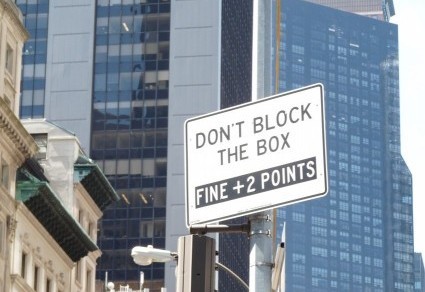Really, it’s not a choice I have ever made or ever plan to make. But apparently some people do need to decide between “Individual, or Strip.” My question, in addition to why there’s a comma before “or,” concerns how an “Eyelash Application” decision is made:

On second thought, I don’t really want to know. I’d rather ponder still another eyelash dilemma:

So, a single eyelash walks into a bar . . . and gets 50% off? Or is the “first Eyelash” 50% off and all the others offered at the regular, or even double-the-regular price? (Sidepoint: Why capitalize “Eyelash”?) The whole thing sounds like a math problem to me: Calculate how much it will cost to have all your eyelashes visit. The answer may depend on whether you want your “first Eyelash visit” to be “Individual, or Strip.”
One last outrage of English, courtesy of my friend Ellie:

Nicotine-puffers can read this notice in columns (“No Safety / Smoking First”) and nonpuffers line by line (“No Smoking / Safety First”). I’m a nonpuffer but also a noncombatant in the “what does it mean?” war. I do wonder whether the letters were applied to the boat “Individual, or Strip.”



